Pituitary Cancer Size
Pituitary Cancer Market Growth Projections and Opportunities
The Pituitary Cancer landscape is influenced by a number of market factors that are very complicated and made up of numerous elements that completely shape the dynamics of this niche within the healthcare sector. One of them is the rise in numbers of pituitary tumors occurring globally as years go by. There is an increase in cases where people were diagnosed with pituitary cancer because more people are now being screened; this has led to an expansion of the market size.
Pituitary cancer market is closely tied to technological advancements in medical imaging and diagnostic tools. Innovations in imaging technology have increased the ability of doctors to diagnose cancers at young stages which in turn increases the demand for medicines or therapies that are effective enough to cure them and good treatment approaches. This paves way for pharmaceuticals or medical device companies dealing with pituitary cancer, which require new innovative solutions due to swelling demand.
Apart from this, regulatory landscape plays a significant role in shaping the pituitary cancer market. New treatments take too long before they can be approved by strict regulations and approval procedures. The process takes time but it helps safety tests on whether treatments are effective or not hence, acts as an entry barrier for new drugs meant for treating pituitary cancer.
Additionally, there exists a financial aspect when it comes to health care including insurance coverage and reimbursement policies that determine access to treatment for Pituitary cancer patients Free accessibility and reimbursement mechanisms directly affect the availability and usage rate of medicinal products prescribed by physicians. Therefore, economic issues make up such a significant factor in influencing new treatment adoption processes and overall industry growth.
In addition, partnerships among healthcare stakeholders play an important role in influencing trends within Pituitary Cancer marketplace. Collaborative efforts between pharmaceutical firms, research establishments and healthcare providers stimulate developments thereby speeding up coming into operation new therapies. Alliances like these enhance efficiency generally through pooling financial resources together as well as expertise thus making sure that there is some knowledge on the matter.
Market dynamics are influenced by patient awareness and educational activities. As patients become aware of pituitary cancer, they will seek early diagnosis and treatment. This increased awareness has led to increased demand for health care services as well as increased research efforts leading to harnessing of more targeted and effective treatments.
Competitive forces in the pharmaceutical and biotechnology sectors are other important market factors. In order to stay competitive in the market, companies try their level best to come up with new drugs aimed at treating pituitary cancer which will give them an advantage over their rivals.. Firms put a lot of investment into innovation so that they could differentiate themselves from competitors and get a bigger share of the market dealing with pituitary cancer treatments.
In addition, demographic trends at global level also contribute in shaping Pituitary Cancer dynamics. Aging population comes along with increasing incidence rate of cancer including pituitary tumors. In developed countries for instance, where geriatric population is rising fast, there is an ever growing demand for Pituitary Cancer remedies hence foretelling its landscape.”
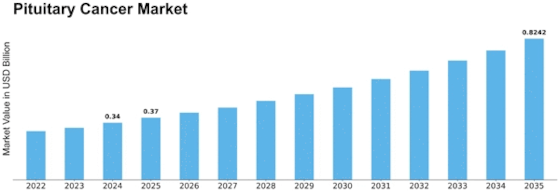

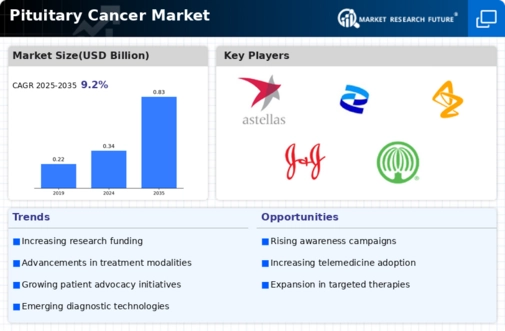
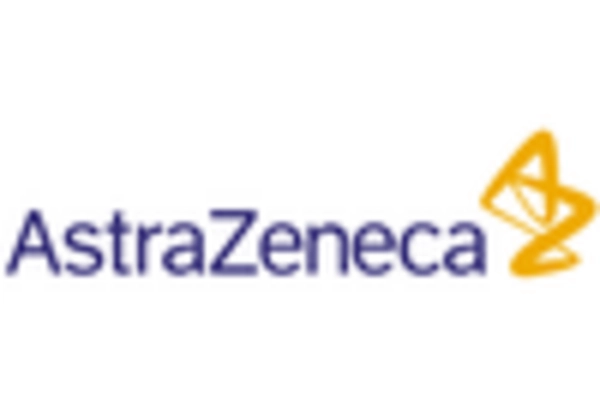

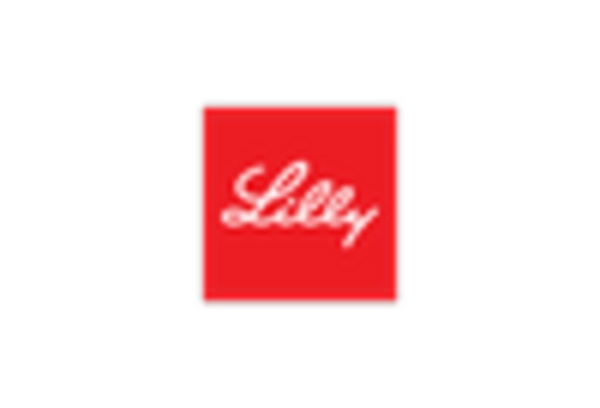
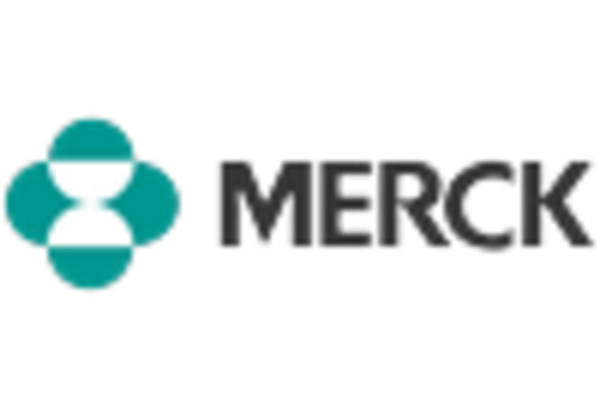
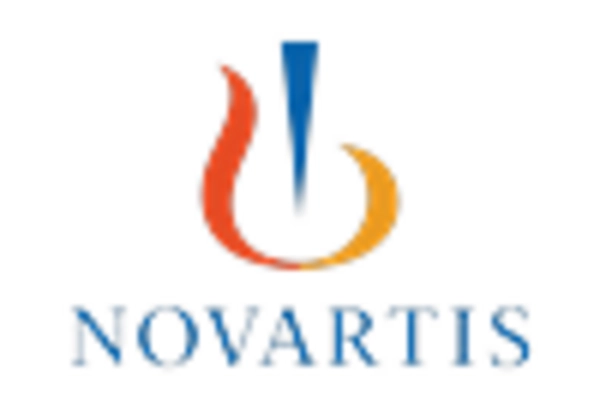
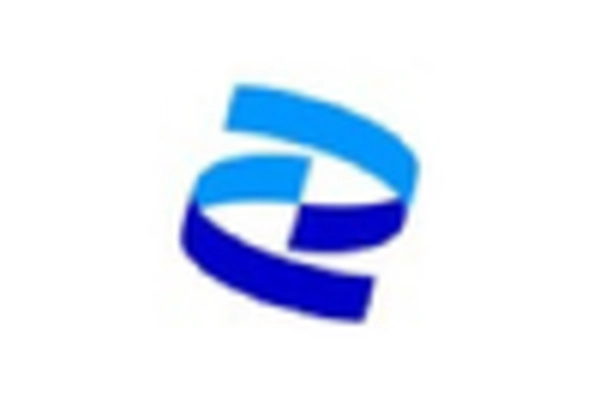









Leave a Comment